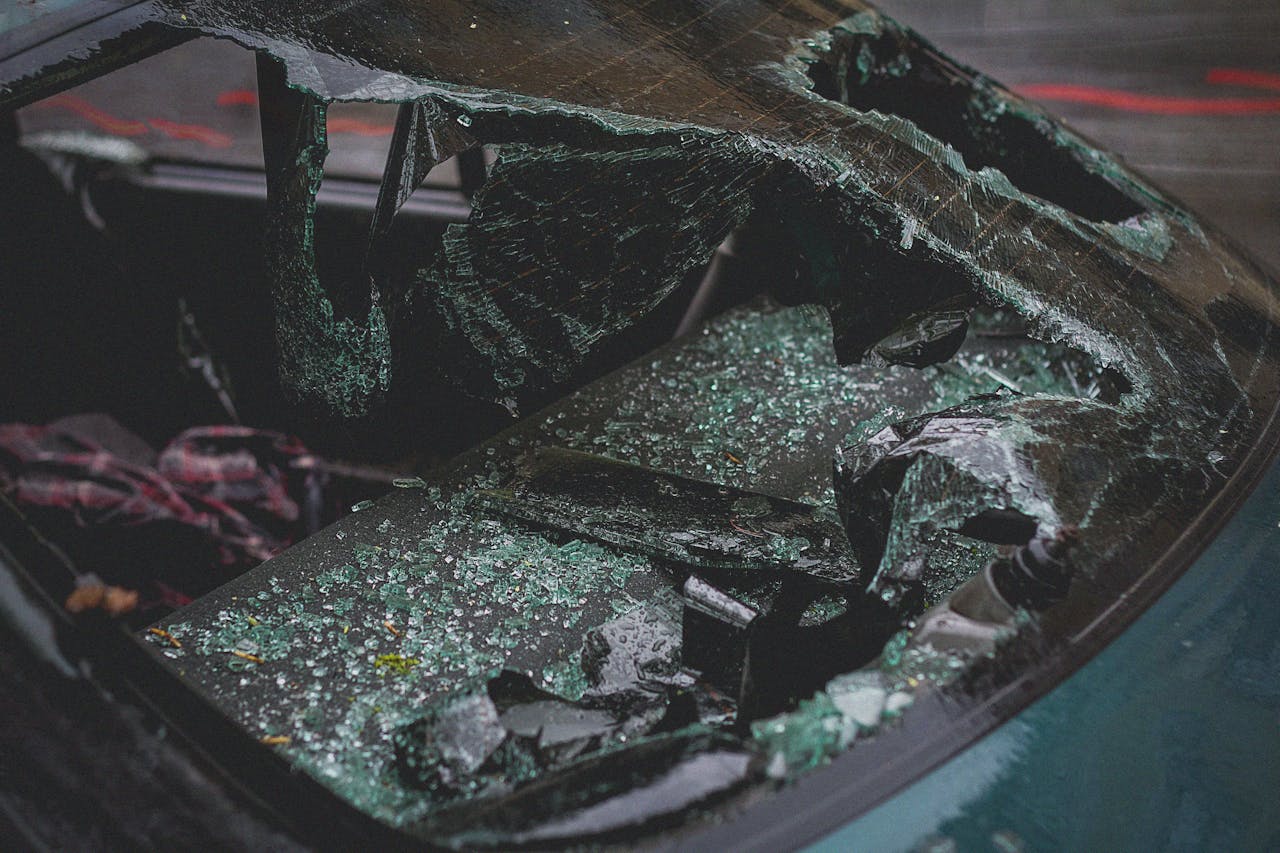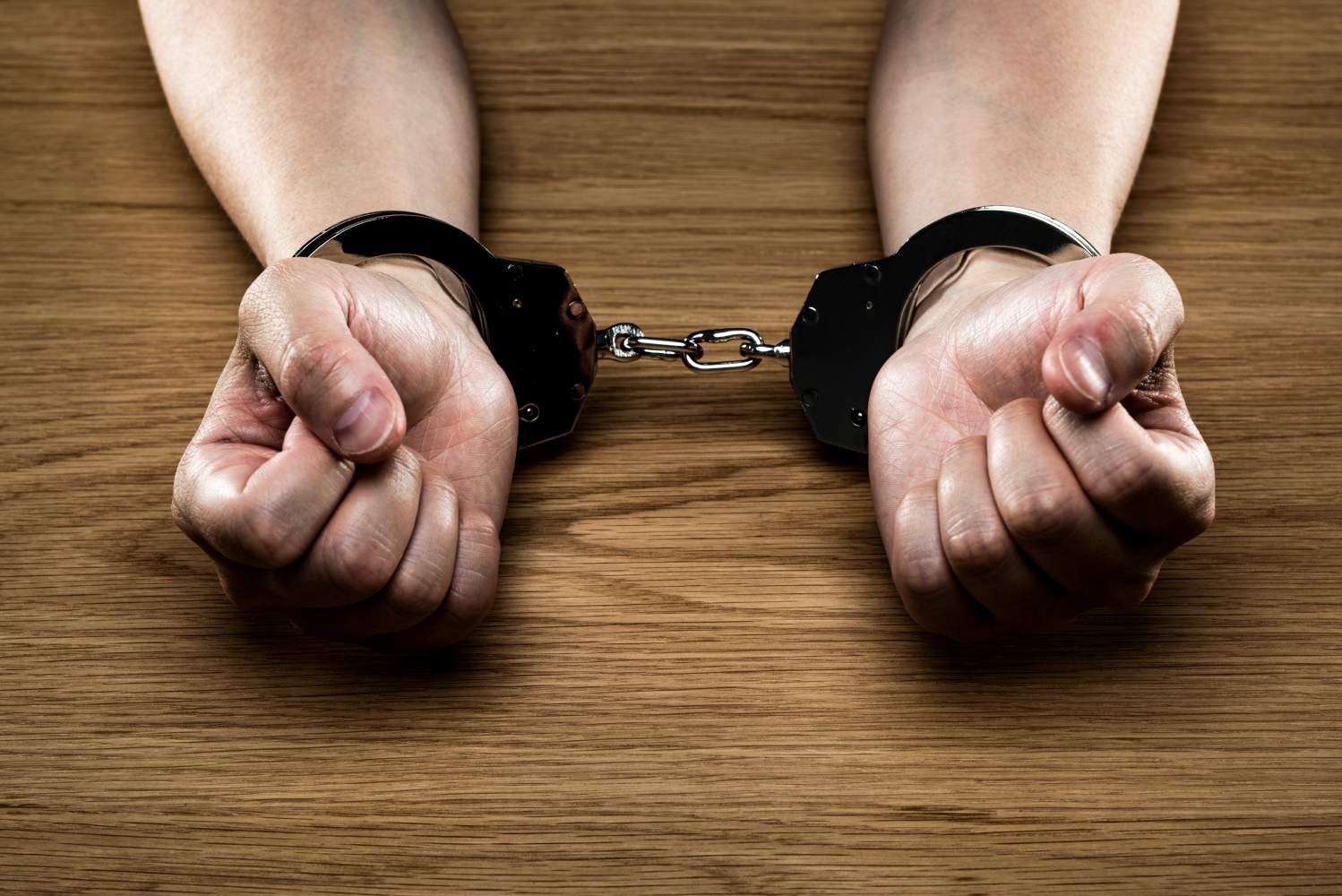Now Reading: Steps to Take When an At-Fault Driver Changes Their Story After a Car Crash
-
01
Steps to Take When an At-Fault Driver Changes Their Story After a Car Crash

Steps to Take When an At-Fault Driver Changes Their Story After a Car Crash
After a car accident, most people try to resolve the situation in good faith. You exchange information with the other driver and wait for officers to document the scene to accurately depict what happened. Sometimes, the other driver later insists on a different version of events. Their new story can create confusion and hurt your case. However, you can still protect your claim. Here’s what to do if the other driver tries to change their story after a car crash.
Consult a Lawyer Right Away
A road accident that wasn’t your fault can feel overwhelming, especially when the other driver switches their story. Fortunately, a lawyer can step in to protect your version of events. They know how to counter false statements, and will guide you on documenting evidence so your claim remains strong.
It’s vital to enlist a local lawyer who knows the area. For example, if you’re in Southern California, consider reaching out to a Fontana car accident lawyer. They’ll know the local courts and traffic patterns in your city’s roads.
Obtain a Copy of the Police Report
A police report is a key piece of evidence when someone disputes what happened on the road. It provides an official, neutral account of the crash, and includes officer observations and initial statements from both drivers. Request a copy as soon as possible, and review it carefully for accuracy. If something is incorrect, your lawyer can help request amendments.
Preserve Every Piece of Evidence
Evidence can make or break your claim. After an accident, be sure to take photos of damage, keep receipts for repairs, and make copies of any dash cam footage you possess. If you and the other driver had been communicating over text, take screenshots of their initial messages about the crash. This ensures there’s tangible proof to back up your story, along with serving as proof to insurance companies that your account is verifiable.
Identify and Contact Witnesses
People who witnessed the crash occur can provide witness statements to corroborate your story. This becomes crucial if the at-fault driver is trying to change their account. A credible witness can tip the balance in your favor by verifying your account independently.
Exchange contact information with any witnesses at the scene, and ask them for a clear account of what they saw. Encourage them to note key details, like the time, location, and actions of each driver. These statements can help anchor your claim in facts, making your version of events harder to dispute.
Let Your Lawyer Talk to the Insurance Companies
When the other driver changes their story, insurance conversations can become more tense. Adjusters may question your version of events and look for gaps in what you can remember, hoping to use the other driver’s story against you.
Let your lawyer handle these calls instead. It keeps you from being pushed into statements that can be twisted or taken out of context. A good attorney knows how to respond to leading questions and shut down tactics that weaken your claim. They also know how to present evidence in a way that reinforces your story, ensuring your claim is protected.
Endnote
When another driver changes their story after an accident, don’t let it shake your confidence. You can use the tips above to protect your claim and keep the truth front and center. As long as your story stands strong, your claim will be protected and on the right track.










